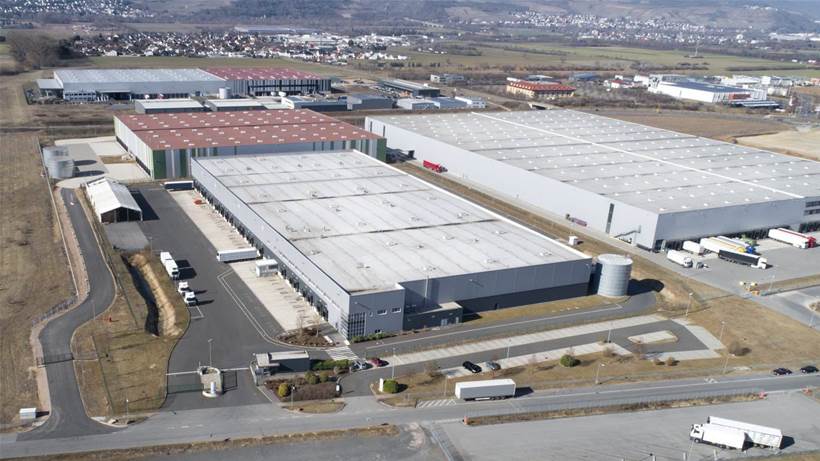Companies tackling Industrial Internet of Things (IIoT) data integration can quickly find themselves outside their comfort zone. So what are the key issues to consider?
To explore this topic, we spoke to Richard Roberts, MES Operations Manager and Senior Consultant at industrial automation company ZI-ARGUS. His role has given him a front row seat to digital modernisation in manufacturing, food and beverage, and data centre organisations, among others. And he’s seen several common traps.
We asked Roberts to pick three common challenges encountered by companies involved in IIoT data integration, and to touch on ways to overcome them.
1. Calculating ROI isn’t easy
Working out the potential Return on Investment (ROI) from a data integration platform isn’t easy. “It’s a big challenge and a very difficult one,” Roberts admits. But he warns companies not to “jump too far” without finding a way to evaluate ROI.
Roberts suggests they do that by running a technology pilot and working with their data platform provider to evaluate costs. “They need to work with whichever platform provider they’re considering to get those sort of statements in writing, and get the provider to help evaluate that for them,” he says.
2. Operational teams may resist IoT initiatives
In Robert’s experience, it’s not uncommon for operational teams (OT) to push back against IoT initiatives. “OT professionals are still struggling [with IoT]. I’ve had this conversation with OT people and they’re still joking about having to integrate data themselves because [they think] it's hard to integrate it with IT,” he says.
The right data platform can simplify this work, but Roberts says people in OT roles often want to “keep things locked down and separate.”
So, consider whether you need to hire or train people who can bridge the gap between your OT and IT teams. DevOps is one way to get them working more in harmony, Roberts suggests.
3. You might find some data platforms restrictive or expensive to run
Some IIoT data platforms may not provide the flexibility your business needs. For example, they might not allow the collection and processing of data in the cloud and on premise. “You don’t have to be all in the cloud or all on-prem. You should be able to choose,” Roberts says.
Also consider costs associated with IIoT data platforms. These include the cost of sending data to cloud servers and the cost of owning and managing your own IT infrastructure to run a data platform.
Taking a holistic approach
The overall point is not to implement IIoT data integration products without considering a broad range of issues.
So it’s no surprise to learn that consultancy is an important part of ZI-ARGUS’ IIoT business model, along with sales of its IIoT data platform. For example, the ZI-ARGUS team helps customers assess processes, calculate ROI and implement solutions.
This holistic approach can give companies the confidence to scale up their IoT trials, says Roberts. “They need to focus a bit more on early consulting, so that they’ve got confidence to say, ‘Ok, we’re going do this. I understand the path and I know the steps to get there,’” he says.
Sponsored by ZI-ARGUS.







